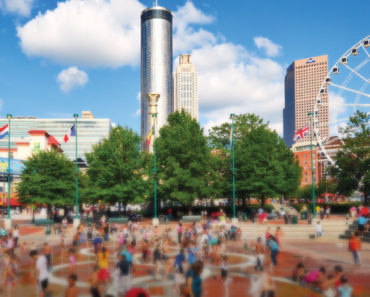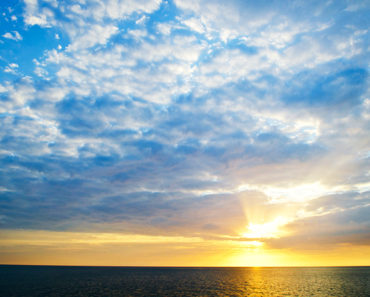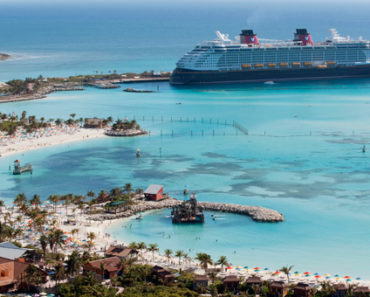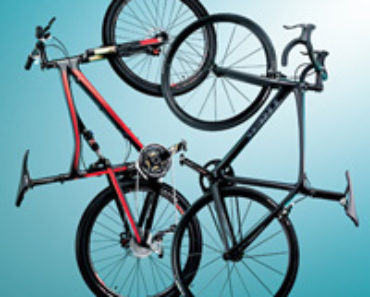Orlando was once described to me as “the world’s biggest airport terminal,” and I’ve never been able to shake that image. Its skyline in the popular imagination consists of the Epcot ball, the Cinderella Castle, and a sprawling procession of souvenir shops, chain restaurants, billboards, and 10-lane boulevards sweeping across Central Florida. In sum, one hucksterish blob of generic America, plus mouse ears.
But — and there is a but! — Orlando has quietly been growing beyond its theme-park roots. No longer a mere glut of vacationers and every chain restaurant in history, it’s one of America’s most surprisingly dynamic places. Almost 50 years after Disney put training wheels on Orlando, you’ll find a real city there — in one of the country’s 30 largest metro areas — with a real identity. And it’s attracting young, creative people looking for a cheap place to set up shop, amid a town that’s uncommonly savvy about how it wants to evolve.
The next time you’re going to see Goofy, set aside time to visit Orlando proper. The city is a living graduate course in how smart urban planning can create a vibrant, creative landscape equally fun to live in or visit.
A city of real neighborhoods
Orlando’s evolution didn’t happen overnight. Mayor Buddy Dyer, who’s been in office nearly 14 years, pushed this 21st-century urbanism with his Main Streets program, which invested in the historic neighborhoods that surrounded Downtown, turning them into eclectic areas full of breweries, coffee shops, and other small businesses.
This might seem a little misleading, as at first glance, these mid-century neighborhoods look like a collection of nondescript strip malls lining broad main streets. But take a peek in the storefronts and you’ll see that Orlando has more character than you’d expect. The squat, single-story retail spaces that line Audubon Parkway, for example, were once the standard pawn shops and payday loan stores leading to the nearby Naval Air Warfare Center. That base has since moved, and the businesses here are now stuff like the Redlight Redlight brewery and Stardust Video & Coffee. Audubon Park is but one of nine neighborhoods the city has redeveloped in this fashion.
“These main-street districts have allowed people to really create an identity for themselves as Orlandoans,” says John Rife, the founder and owner of East End Market in Audubon Park. “It lets us self-identify, rather than live under the shadow of the mouse.”
Rife’s market is a prime example of Orlando as Actual Town. The space is a converted church where bakers, butchers, brewers, and coffee roasters peddle wares under an event space and sometime-yoga studio. Residents from all over come here to get fresh local produce and gather at the ample tables outside.
Not far away is the seemingly nondescript Mills 50 district, which houses the most diverse collection of restaurants in the city. An influx of Asian, Puerto Rican, and Mexican immigrants has turned the area around the intersection of Mills Ave and Highway 50 into a dining hub where the innovative Hawkers sells small plates of Asian street food, beside Black Rooster Taqueria, beside Banh Mi Nha Trang and its 22 different kinds of banh mi. The neighborhood also boasts barbecue, Mexican, Cuban food, and other global eats. You’d be hard-pressed to find a neighborhood with such an eclectic collection of affordable restaurants anywhere else in Florida. In the parlance of the area, picture dining around the world at Epcot — without the $85 cover charge.





